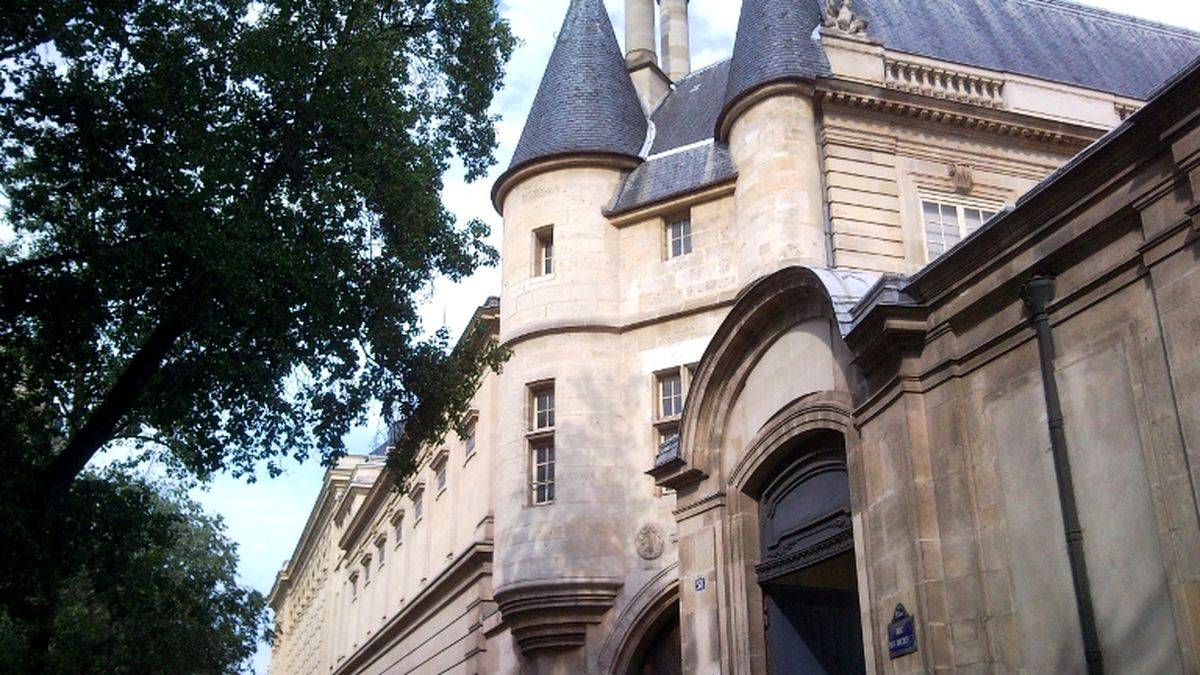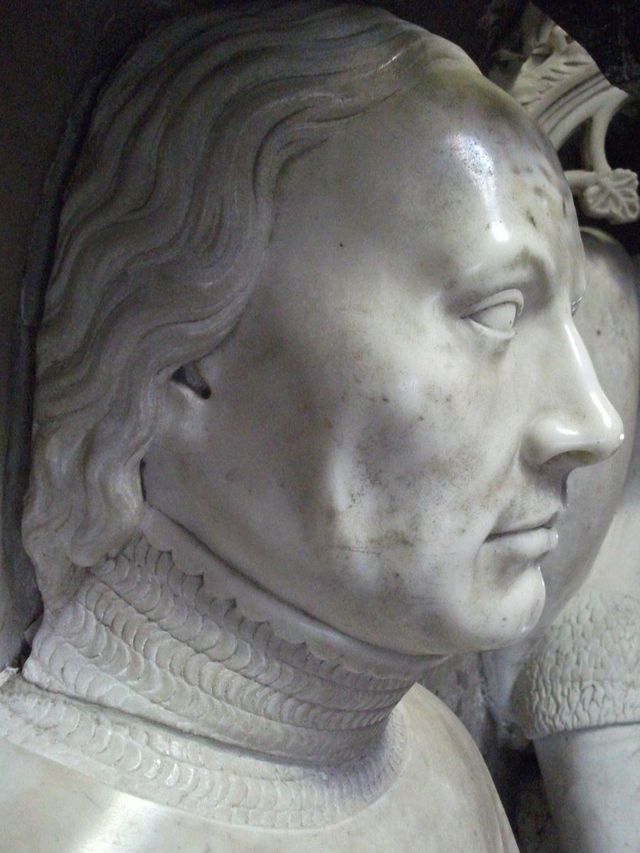 Clisson townhouse | ©Anecdotrip.com / CC-BY-NC-SA
Clisson townhouse | ©Anecdotrip.com / CC-BY-NC-SAConstable Olivier de Clisson raised here a nice city house, seized by English troops from 1430 to 1435 (duke of Clarence and Bedford's residence).
In June 1553, the old city house of Clisson became the house of Guise for 135 years, when the Guise family owned it.
They restored it, keeping the medieval look outside but changed the inner decoration: gildings everywhere and precious tapestries impressed the ambassador of Venice, who came in 1575!
Did you know this house was the headquarters of the Catholics during wars of Religion? They prepared here the Saint-Bartholomew's Day massacre...
Then, François de Rohan, prince of Soubise, owned the house in 1700. To hell with the old medieval house!
Architect Pierre-Alexis Delamair completely transformed it. The courtyard surrounded by columns replaced the Guise's manege.
The brand new classical façade, with statues of the 4 seasons, on the first floor, were made by Robert Le Lorrain. In the 18th century, the palace was very popular: fireworks and masked bal were organized every evening...
Soubise died in 1787: his house was seized and converted into a spinning mill and barracks. French Nation bought it in 1908: they put in imperial archives.

